Bureaus, bookshelves, chests, cabinets, and other case goods are an essential and beautiful part of any interior. If you choose wisely, you will have years of enjoyment with these pieces and can eventually pass them down as heirlooms. Wading through the choices may feel overwhelming, so we asked three interior designers to weigh in on the decision-making maze. They’ve narrowed down the process to seven key considerations.

1. The Architecture and Your Personal Style
As with many design decisions, it’s best to take an inventory of your personal preferences and the style of your home when narrowing down your selections.
“We are always cognizant of the architectural elements in a home, as well as the overall aesthetic of the home, when selecting case goods. But sometimes it’s fun to throw in an unexpected element because we know it will speak to the client in some special way that we’ve discovered during the process of getting to know them,” advise Atlanta-area designers Joann Kandrac and Kelly Kole of Kandrac & Kole Interior Design. Designer DuVäl Reynolds, based in Fairfax, Virginia, offers his view: “We always focus on the client’s style and try our best to never insert an aesthetic that we think will better serve our firm. Granted, we make decisions that will elevate the prompts we’re given, but we always work to make their dreams come to life.”
Sponsored by Sherrill Furniture
2. Quality Matters
Designers and their clients are attracted to various styles, but the construction of case goods is an overarching consideration.
“While a finish with a gorgeous patina will always draw our eye to a piece, we also look for quality craftsmanship like letters, dovetailed drawers, or stamps showing where a piece was made, as well as imperfections or irregularities that show a piece was handmade,” says Kandrac and Kole. “For example, we once purchased a ceramic lamp for a cabin that we specifically chose because you could faintly see a handprint in the glaze. We look for those details in all parts of design, including case goods.”
“The style of the home should drive the design in tandem with the client’s personal style and the functional needs of the project. The interiors should complement and add to the architecture of the home.”—Alison Downey
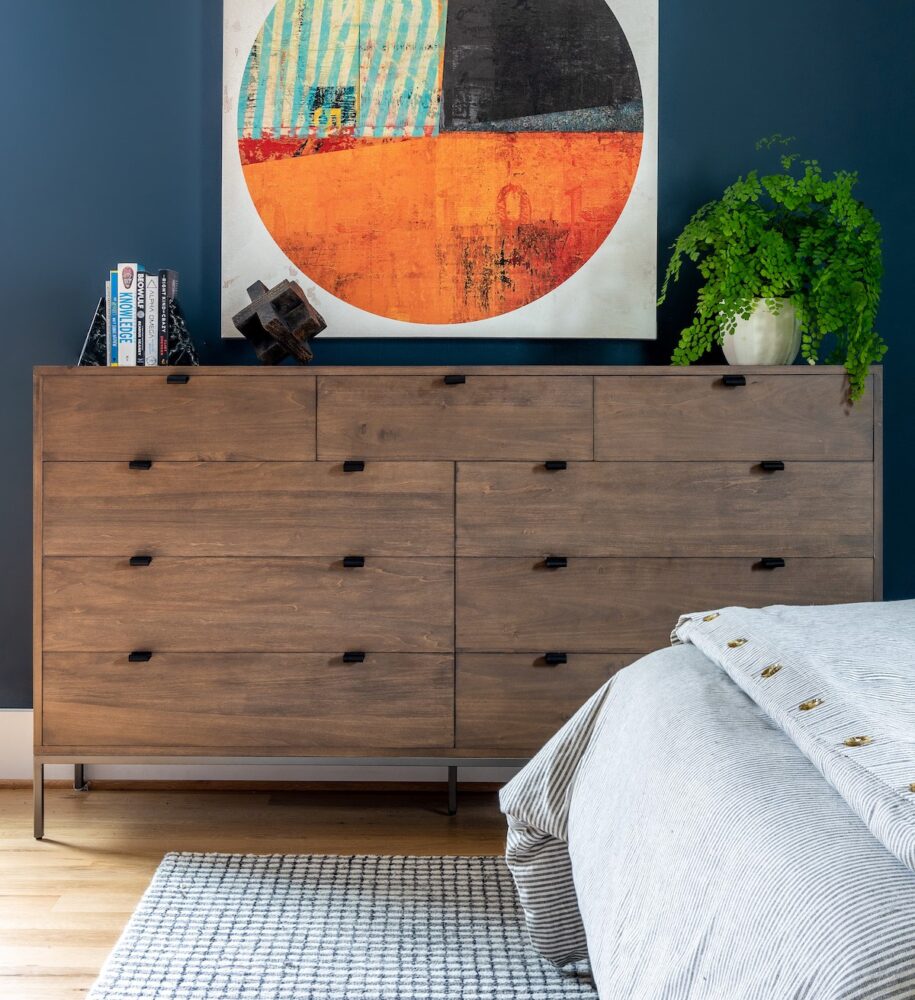
The first goal for Reynolds and her firm is to purchase from credible resources who have proven themselves to be trusted and well established. “And honestly, to simplify things, we first consider the weight and stability of the piece. If something is too delicate or feels insubstantial, it’s an easy sign that it may not wear and manage well over time,” says the designer. “We also pay attention to joinery, which can be an indication of quality craftsmanship. Dovetail and mortis and tenon joints have proven to last longer than nails and adhesives.”
3. Function
Given all the options, it’s vital to consider how you will use the piece. That will help you narrow down your choices depending on whether you need drawers, open or closed shelving, glass-front cabinets for display, or easy-to-move pieces for different uses.
“Functionality and dual purpose are always high on our priority list for case goods, but sometimes a piece is just perfectly pretty,” says Kandrac and Kole. “For example, we raided a client’s attic one time and found an old sewing machine table that we ended up using as a nightstand. It didn’t have all the drawers that we might have normally wanted, but it was beautiful and sentimental.”
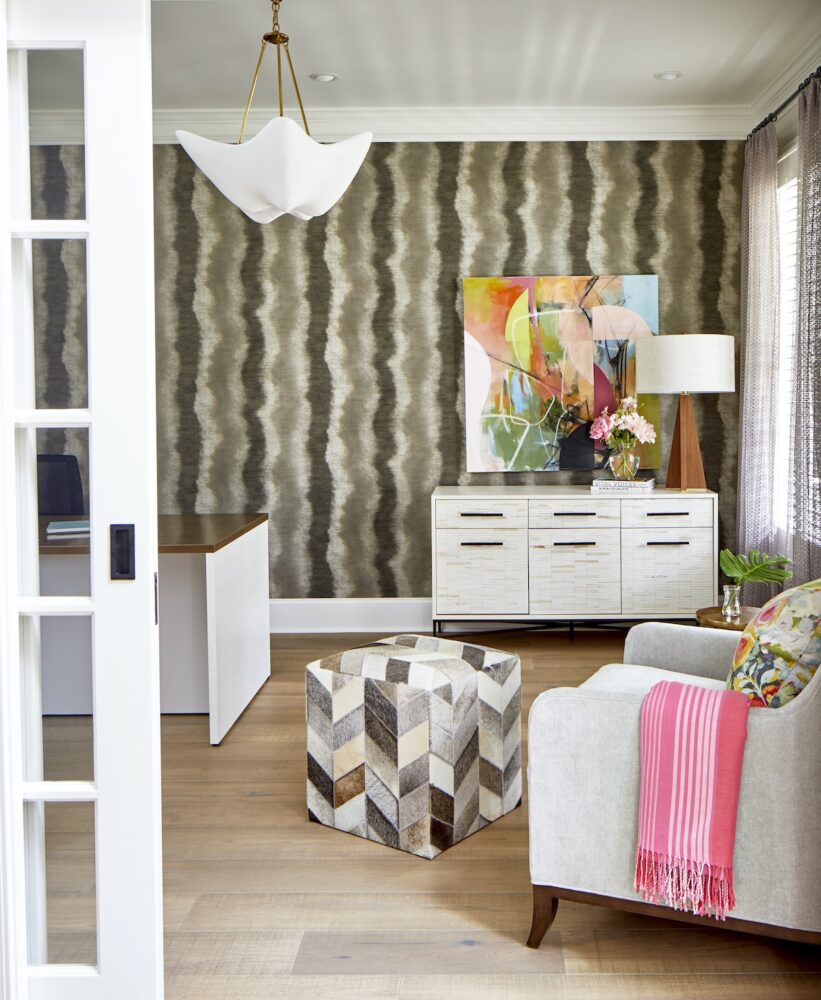
Reynolds’ firm focuses on the client’s day-in-and-day-out needs. “The decision to select drawers versus doors will be determined by the clients’ practical preferences,” she says. “Good design helps facilitate more ease and flow in your daily routines. If you like the organization of drawers, go with that. If you prefer doors that maximize storage space, go with that. And if you can’t decide, go with a combination of the two!”
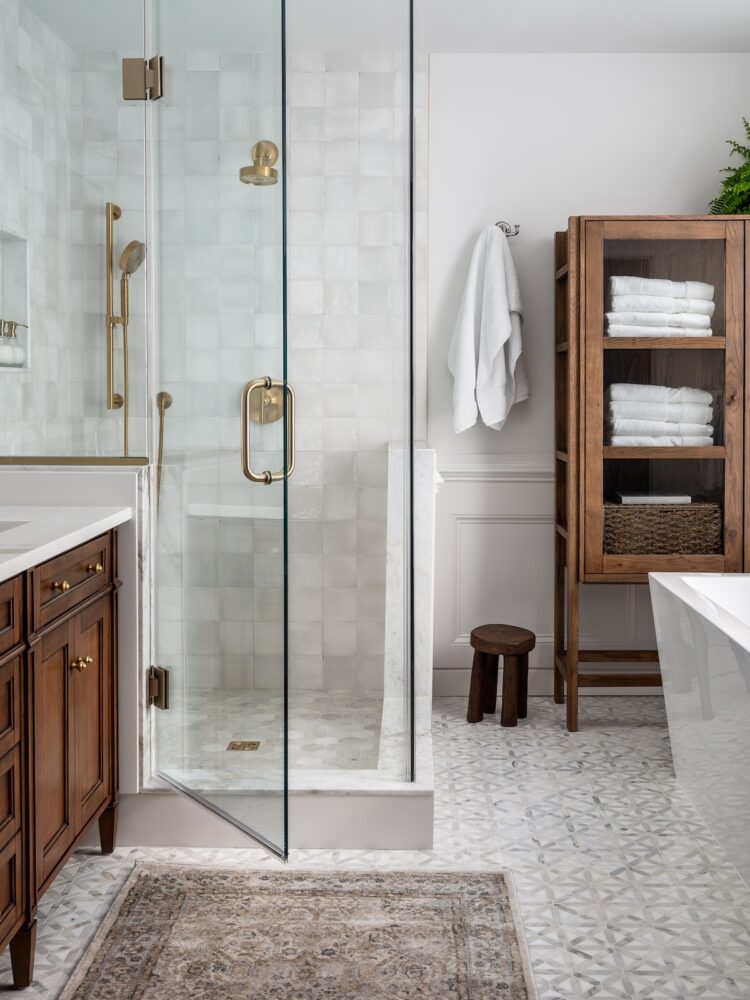
“Discussing a client’s lifestyle at length is important. For example, if a client loves to read or needlepoint in front of the TV in the evening, then the table beside her chair should be large enough and have adequate drawers to hold her book, glasses, and knitting basket.”—Joann Kandrac and Kelly Kole
4. Versatility
Versatility is the partner of function; in essence, they go hand in hand. But anyone who likes to move things around or is anticipating a move in the near future should heed the advice of our experts.
“For the most part, versatility matters. We think long-term, for sure. Being mindful of future changes will often affect our selections as we will want these traveling pieces to adapt easily to new environments,” says Reynolds. “However, some pieces are individually selected to achieve a singular statement or to accommodate a specific spatial requirement. Understanding how these pieces will be used now and possibly in the future is always a consideration.”

Downey adds this caution: “Versatility is very unpredictable. There is just no way to know what the style of the next home may be or what the programming may call for. That said, if you purchase a special piece, you can almost always find a home for it, and it may even be used to inspire the design of a future room.”
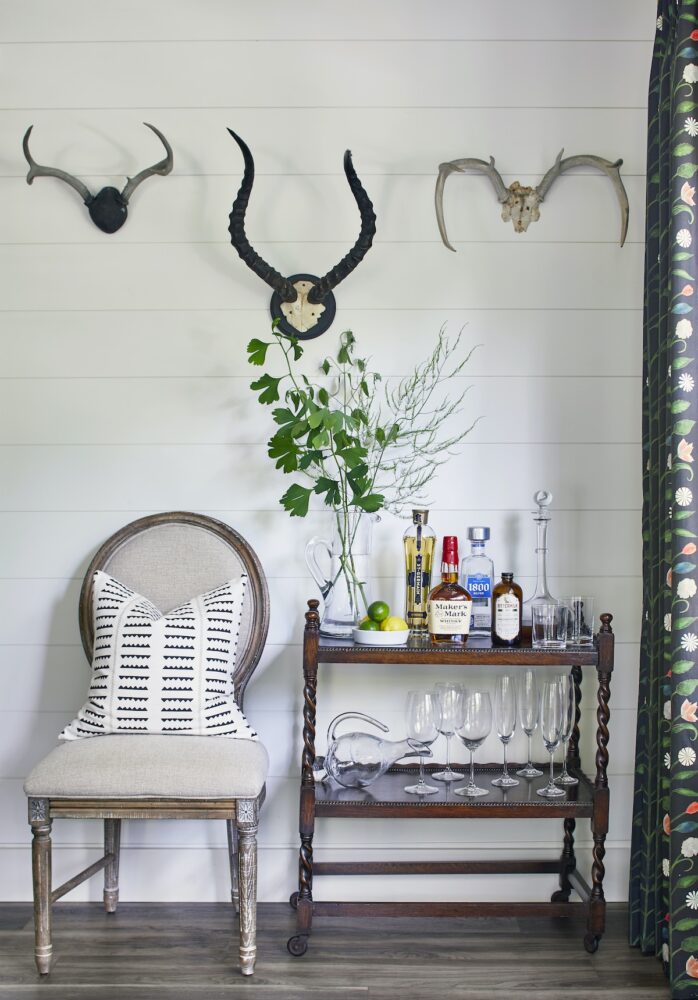
On a practical note, Kandrac and Kole note that smaller case goods make versatility more of a no-brainer. “For example, one piece that gets moved around frequently is a small desk. It can serve as a vanity beside a bed in lieu of a nightstand, as a craft table in the basement, or as a small writing spot in a guest room.”
5. Scale
You do not want to choose a piece just on looks alone; you want to make sure it slides in beautifully within the whole. No piece should overwhelm or look too dinky in a space.
“We’re all about scale. For our firm, we draw out all furniture pieces in CAD before making final selections,” says Reynolds. “We need to see how items fit into the floor plan but also on elevations so that we are never under- or over-scaling pieces. This is a not a guessing game, so we’re not taking chances.” Kandrac and Kole add that the 2/3 rule comes in handy. “If a wall is 90 inches wide, then a 60-inch console is a good size for that wall.”
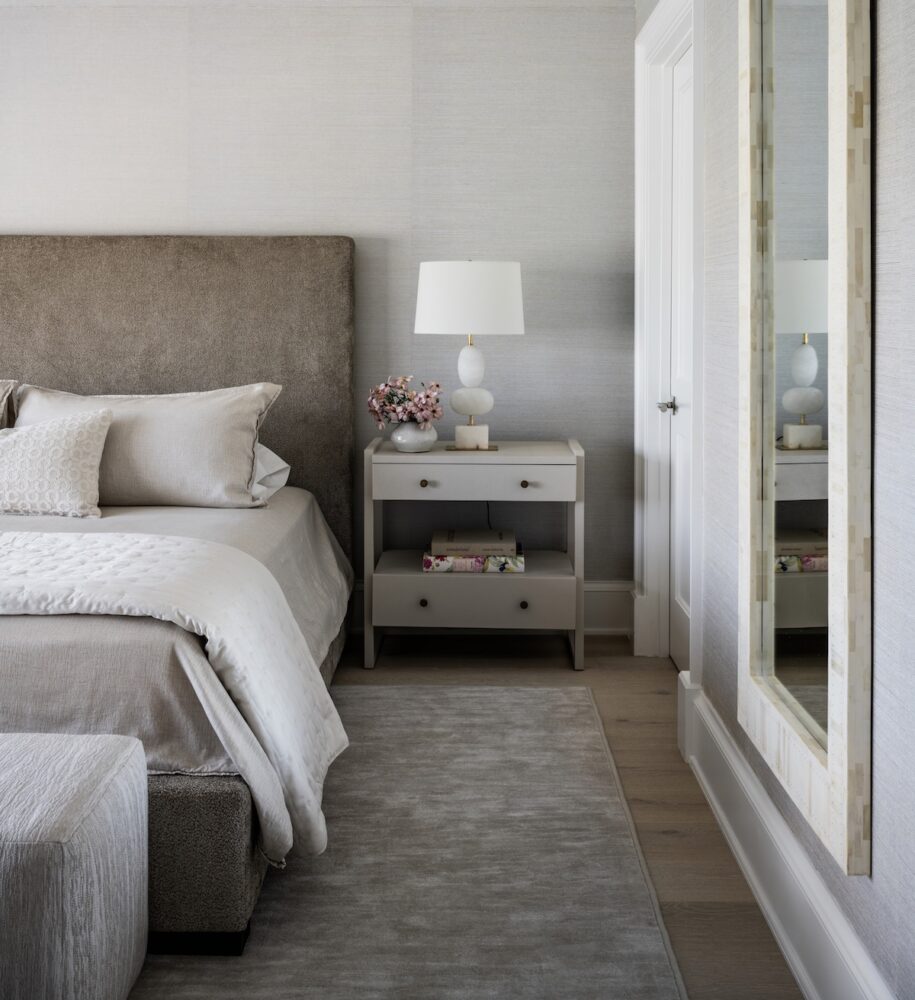
Downey has additional thoughts to share: “The perfect size is very important with case goods as they typically have drawers or cabinet doors that open. If they are located in a dining room adjacent to a table and chairs, etc., there needs to be adequate clearance. Or the piece may need to be large enough to balance a dining table or a king-size bed while also providing a perfect base for a mirror or TV or for a piece of art that is hung above it. It really comes down to the conditions of the space and the adjacent furnishings.”
6. Finish
Once again, there are so many options, but whatever you choose needs to make sense within the whole. While a mix is wonderful, and making a statement with a quirkier piece can be interesting, you don’t want something that feels too jarring.
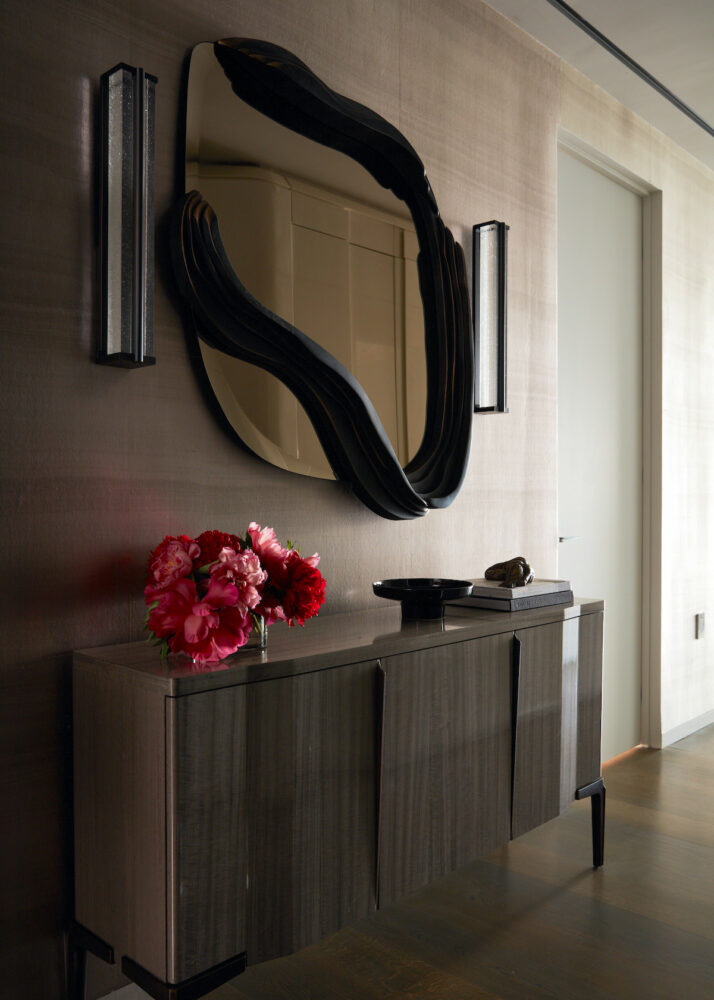
“Case pieces provide the opportunity to contrast upholstery, textiles, and rugs with texture and refinement. I feel the finishes of case pieces are so important to the outcome of the design. They should be thought about during the very initial stages of the design process,” explains Downey. “Sometimes you may have several finishes to consider in a room, and in that case, you allow the overall design of the room to inform what might complement that. You work in hierarchy from the larger pieces to the accent pieces and create a composition that results in a stronger whole than the sum of its parts.”

“We really love it all and love to mix up finishes in a room. Matchy-matchy is never our goal,” Kandrac and Kole say. “We love the rich patina of an English antique, but we also love a vibrant painted piece. That’s the fun part about design—the options are endless. Generally, the overall aesthetic of the home will drive the finishes—a country cottage versus a modern high rise in the city will affect the finishes we choose.”

“Understanding a room as a whole is the best way to make these selections. Sometimes, the goal is to create a blended look with more harmony and balance to the furniture pieces. But sometimes, you try to make a statement with a focal point. By acknowledging the rest of the space, you’re able to make a more informed decision on the direction you take,” explains Reynolds.
7. Hardware
The hardware selected for case goods offers another distinguishing element that can elevate a piece and make it feel more custom.
“It’s cliché, but hardware really is the ‘jewelry.’ We source custom hardware and often will change the hardware that a case piece comes with to elevate it. Hardware doesn’t have to match—it just needs to add to the piece’s overall look,” says Downey. “Much like finding the piece, choosing hardware is a matter of spatial comprehension. You may ask yourself whether you want the hardware to fade into the piece so that the wood texture, pattern, or design detail can take center stage. Or do you want your hardware to be noticeable and help highlight the piece as a whole,” says Reynolds. “By having intention, even with the smallest hardware piece, you can create something spectacularly unique.”
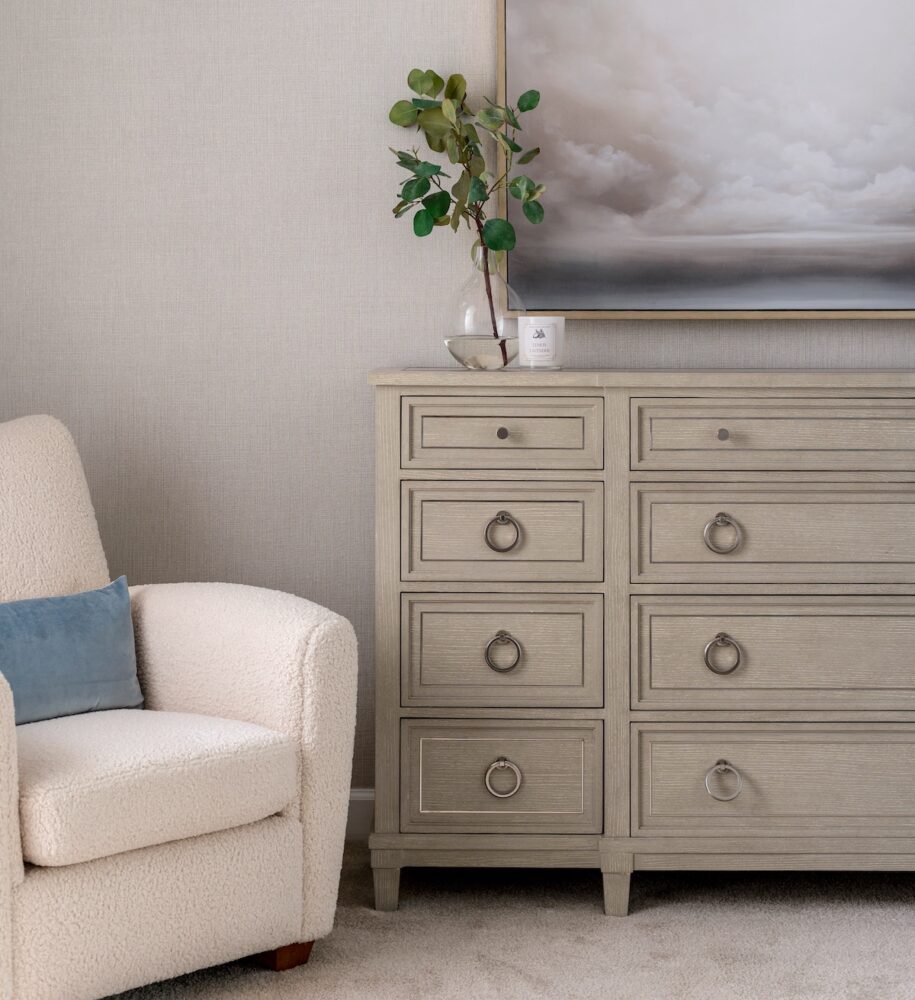
Kandrac and Kole offer this final advice: “Selecting hardware actually takes time because the options these days are endless. Hardware can be utilitarian and simple, or it can be the jewel of the piece it adorns. It can enhance the elegance of a piece or enliven a boring piece. The skill comes in knowing which direction to go. We try not to go overboard. Either the piece itself is the star of the show or the hardware is—pick one or the other.”
By Alice Welsh Doyle
Featured Designers



More Fine Furniture and Design
- The Designers’ Guide to Choosing a Sofa
- Coming Soon: One Chair—Three Accents
- Coming Soon: Caring for Fine Furniture

